The right deck size can make your learning curve much smoother. But it takes some getting used to for beginners before they can choose their perfect match.
We recommend that you make your choice based on your shoe size and then try out different shapes and sizes. Soon you’ll find out the best deck width and shape for you!
Different Types of Skateboard Decks
1. Standard

Standard decks are the most common of all since you can ride them almost anywhere and on every type of terrain.
No matter your skill level, you will be at ease as you ride them. Pairs of hard wheels run fine with them. These boards are symmetrical to popsicle sticks with a nose and tail up.
If you are new to skateboarding and got enticed by all the ollies and kickflips, the standard deck is our top recommendation for you.
2. Cruiser
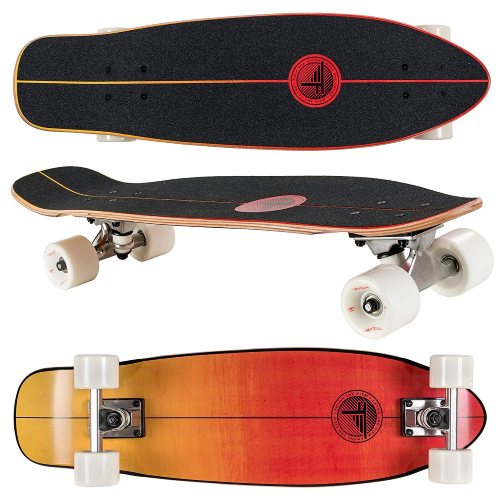
The cruiser board is an excellent choice for traveling and transportation purposes. They are compatible with standard decks in length but available in numerous shapes. Most of the cruisers have a kicktail and a front like a boat head.
Soft wheels seem to work well with these boards for swift rolling and a smooth ride on uneven roads. Nimble and lightweight cruiser boards let you bob and weave through the city areas like no other.
3. Shaped deck
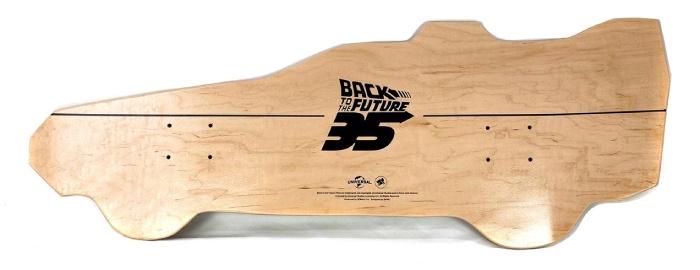
Some decks come with unique shapes and features. They are fun-to-ride products of imagination made to satisfy the skater.
At times, they come out well put together for you to enjoy an artful ride.
4. Old School
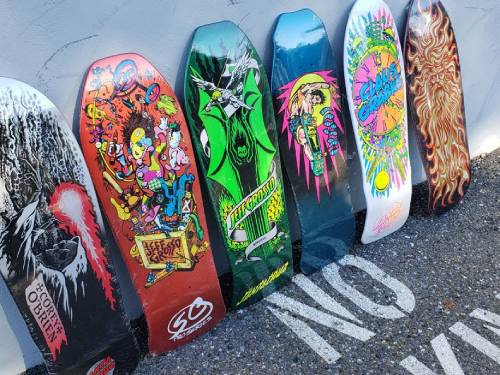
Old School decks follow the 80’s norm. Also known as bowl decks, these modern vintages usually feature square-cut or arch-like noses and kicktails.
The classics are great for half-pipe skating or rolling over ramps.
Spacious board and extended wheelbase separate them from the crowd that gives them more stability.
However, they may not be ideal if you are looking to make some modern moves, such as kickflip and long slide.
5. Longboard
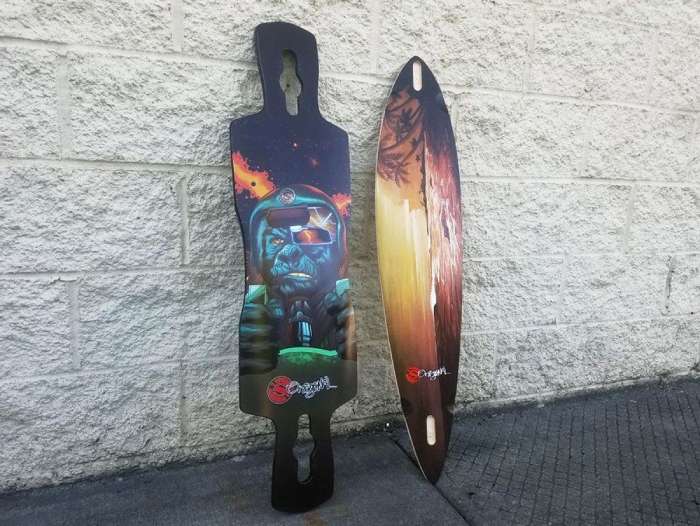
There are variants of decks along the longboard line. Bamboo, fishtail, blunt, slalom, carving, and downhill are admired among them.
If you like faraway rides and pace against the wind, and tricks and turns do not blow your mind, this is your best option.
Since longboards are great for long roads, they are supposed to be more gentle for those at a beginning level so you can easily adjust yourself and keep your focus on the good stuff.
6. Penny board
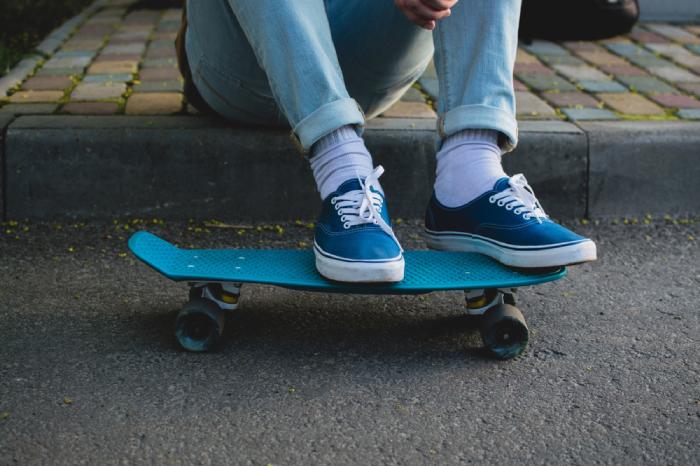
Plastic-made short cruiser skateboards are widely known as penny boards. These decks are lighter but sturdy.
These boards are smaller than the regular cruisers and are great for beginners and kids.
7. Micro skateboard
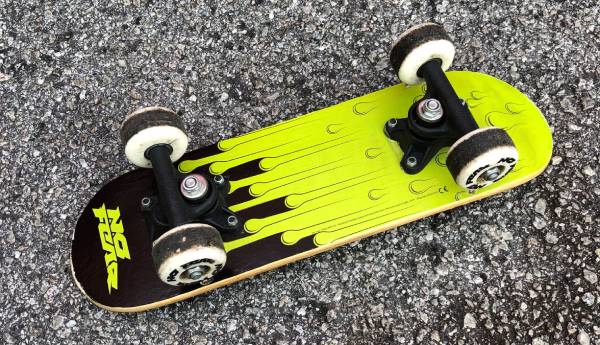
Micro skateboards are available for kids under 5 years old. The usual size is between 6.5 to 6.75 inches.
But you should not let children skate on their own.
Which Decks Do Pros Use?
Most pro riders prefer decks between 7.7” and 8.5” because performing stunts gets harder with wider decks.
Although this depends on your preferred riding style, the thinner the deck the easier it is to do technical moves. But you are more stabilized and safer with wider decks.
How to Choose a Skateboard?
1. Size of your shoes
follow these measurements to get an appropriate skateboard
- 8-8.5 inch wide skateboard for 9.5 or larger shoe size
- 7.5-inch wide skateboard for 8-shoe size
- 7.25–7.375 inches wide deck for 6-8 shoe sizes.
- 7-inch-wide deck for 2-5 shoe sizes.
- 6.5–6.75 inches for 1 and smaller shoe sizes.
2. Your riding style
For long-distance riding with street carving – use a longboard
For doing tricks in parks – use a shortboard.
3. Usage pattern
If you use your board for different purposes it is better to have different skateboards that fit your needs separately. Mini boards should be preferred for traveling as they are convenient to carry and for racing or cruising, longboards are a perfect choice.
4. Your height
- For 5’3″ or above height – a regular full-sized skateboard
- For 4’5″–5’2″ height – 7.25–7.375 inches wide mid-sized deck
- For 3’5″–4’4″ height – 7 inches wide mini-sized skateboard
- For 3’4″ and below height – 6.5–6.75 inches micro-sized deck
5. Deck Construction
-
Seven-layer wood
Most skateboards are made from Maple wood that has a strong and elastic feature. This allows the board to take up the shape while ensuring maximum durability.
Seven thin layers of ply are usually piled together to manufacture these boards that give them way more strength than a single plank of the regular solid wood.
-
Fiberglass
Fiberglass is not commonly used for skateboards. but it is getting popular among electric skateboards for a futuristic appearance and lighter weight.
The material also helps light up the board so you can see through.
-
Decks with plastic coating
With the advancement of technology, the skateboard manufacturing industry is bringing up new materials to the boards.
Some now come with plastic coating to make them water resistant Penny Nickel is an example of plastic-made boards.
Aluminum, nylon, foam, and other artificial components are also being used to meet the demand of the 21st century.
Skateboard Deck Features
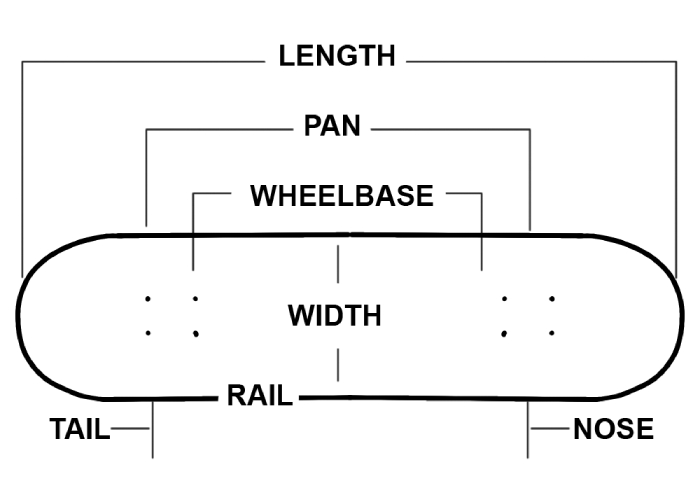
-
Ideal Width
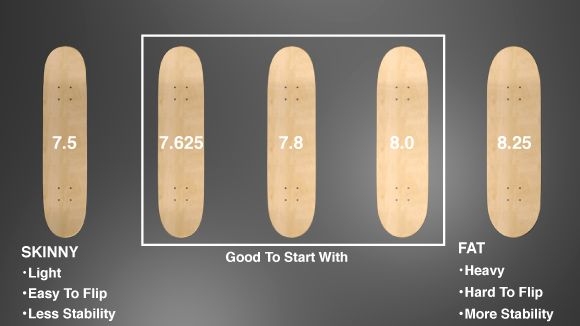
Think of width as you choose your skateboard since the length won’t matter much to you.
There is no such thing as the “perfect“ deck width because this depends on your height, weight, and riding style.
The average deck width is between 7.5” to 8.25”. But you can try different sizes to find one that suits you best.
-
Average Length
An average skateboard deck would be 28-32 inches long as long as it is not a longboard.
Put your focus on the deck width and wheelbase when setting up a skateboard.
-
Wheelbase Adjustment
The wheelbase refers to the belly of your board or the space between the trucks. The location of wheels beneath the board will be finalized by your wheelbase.
The adjustment of the wheelbase impacts the performance of your board. Generally, the average wheelbase size is between 13-15 inches.
-
Nose and Tail
After the wheelbase or the mid-area, you are left with the front and the rear. It’s hard for beginners to tell the two apart but most boards have graphics.
Also, some have a bigger kick at the back and a mellower kick at the front. They help you perform tricks and stunts.
-
Concave (Low, Medium, High)
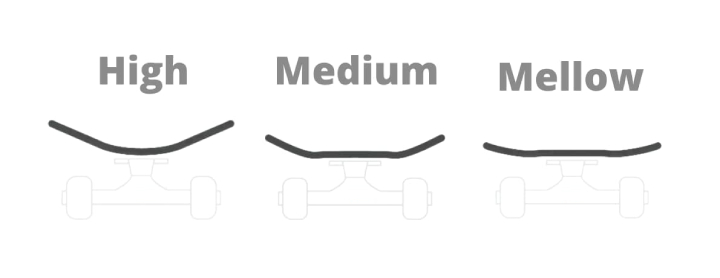
Concave refers to the curvy ends of your deck. Low to high, different concaves serve different purposes for more control over the board.
-
EFP
You also need to consider EFP or Effective Foot Platform as you choose your deck. The place to stand between the nose and the tail demands your attention.
-
Types of Rails
Rails are the lengthwise edges of your board. Rounded, sharp, and GPs (Gas pedal rails) are available today.
Their characteristics are focused on the grip and speed as you slide along.
Why Do You Need to Consider Your Weight for a Skateboard Deck?
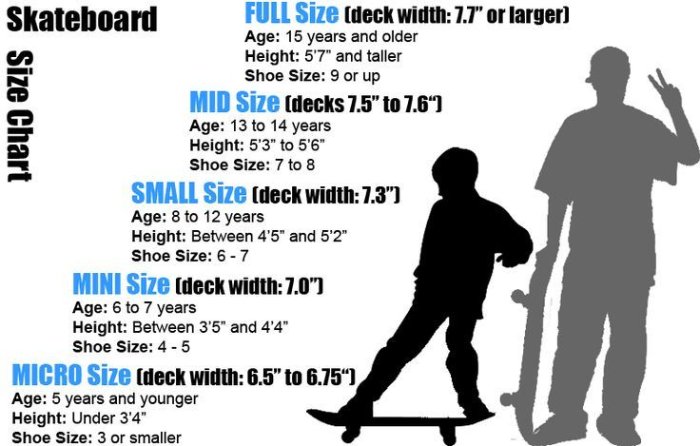
Don’t worry about your weight if you’ve picked an interest in skating lately. Anyone can skate and learn to balance themselves on the wheels.
For slim skaters, a slightly skinnier deck is perfect that allows you to do the moves easily.
If you’re on the heavy side, get a wider deck for better stability and safety.
Does the Deck Weight Matter in Skateboarding?
A standard deck; i.e., 7.25” – 8.25” in length usually weighs around 2 to 5 pounds. With all the other components, an assembled skateboard should weigh around 7-10 pounds.
However, the average weight fluctuates based on the use of other heavyweight metal parts. But the lightweight decks have the upper hand when it comes to performance and competency.
What’s the Right Deck Length and Width for Beginners?
There are different widths and shapes of decks to accommodate different skateboarding styles and tricks.
For beginners, we recommend that you pick a deck length a little narrower than your foot’s length.
Wider boards usually give more stability while narrower boards are more responsive and easier to handle for tricks.
FAQs
1. What is a popsicle deck?
Ans. The popsicle deck is the standard deck and skaters use the term casually because it resembles a popsicle stick. Rounded and concaved at both ends, you can do tricks and stunts in the streets and on the ramps.

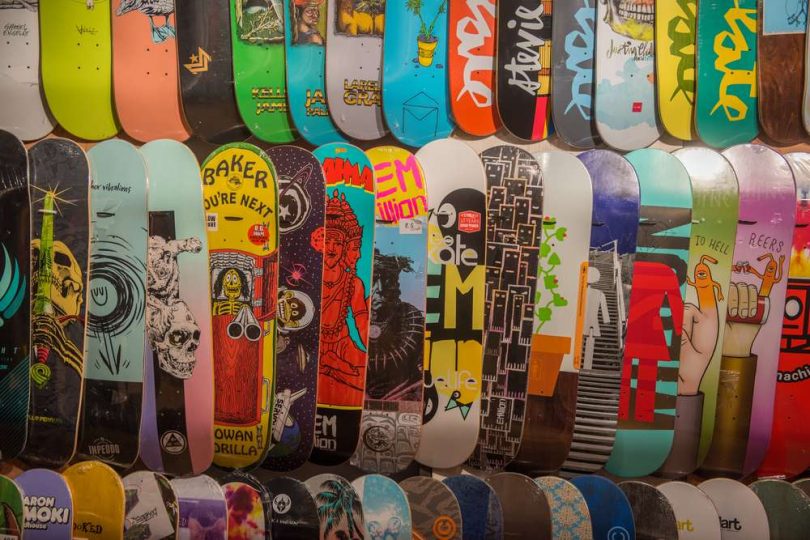
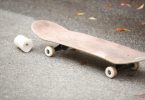
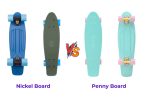
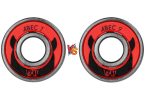
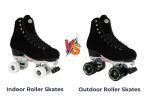
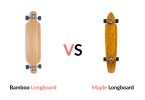


Leave a Comment